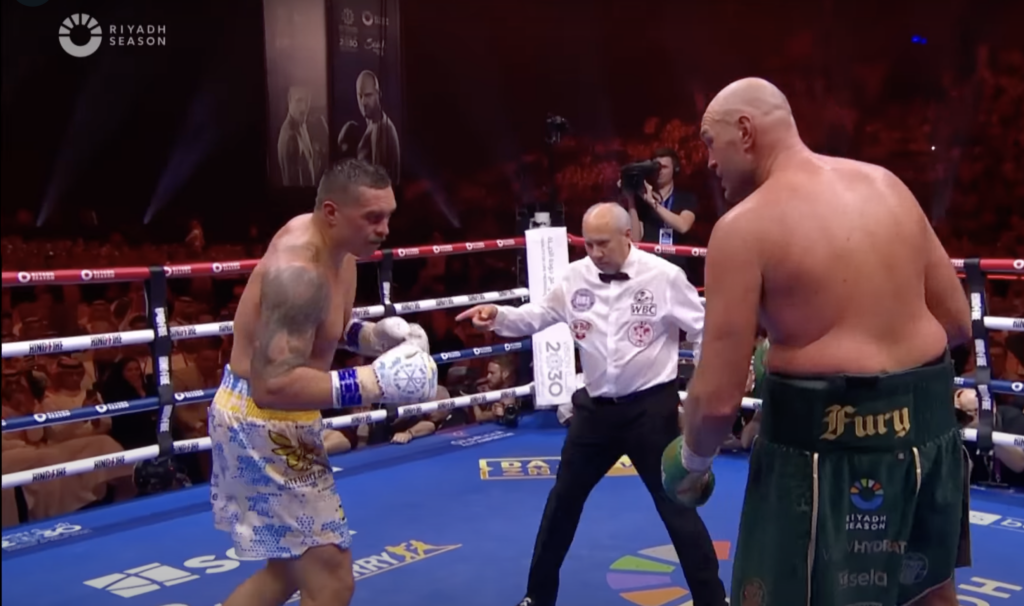Flashes of light pulsing through the nebula surrounding the protostellar object LRLL 54361. Image from NASA‘s Hubble Space Telescope, public domain.
A little more than two years ago, an image appeared in my thoughts, which I took to be a memory. It first struck me randomly, while making lunch at home, but immediately the image felt familiar and well-worn, though I couldn’t concretely remember thinking about it in the past. It was a short clip of myself in bed, at my family’s home in Maine, when I was about seven or eight, peering out the window in the middle of the night and seeing an ambient white light coming from an uncertain origin above, flooding down like a curtain onto the field.
The image was almost certainly a false memory—perhaps derived from a dream—or some kind of psychological projection. But I’d been wrong in this assumption before: I once began to suspect that a story I’d told for decades, about being a baby model for a diaper company, was an odd fantasy that I’d inserted into my biography, but when I asked my mother, she confirmed that it was true. If only as an anomalous psychological object, one of uncertain provenance and meaning, the memory-image seemed worthy of investigation. But how do you investigate the origin of an image in your mind’s eye? It occurred to me that perhaps I’d found a reason to finally call on the services of my friend Louise Mittelman, a hypnotherapist. Hypnotism may have the mustiness of nineteenth-century spiritualism hanging over it, as well as associations both sinister (like the CIA’s MKUltra mind-control program) and cartoonish (think Rocky and Bullwinkle, spiraling eyeballs), but this all felt appropriate to the irreality of my investigation (and, for that matter, the irreality of our postpandemic moment). I texted her to make an appointment.
Louise belongs to a collective of practitioners, including psychotherapists, yogis, and herbalists, who work out of Get Right Wellness in Ridgewood, New York, an unassuming storefront just a few blocks from my home, marked only by a sign with two delicately drawn hands releasing a radiating sun, the letters GRW stamped in its center. When I arrived, I rang a buzzer labeled “Clarity,” and a minute later, Louise appeared. She made us each a cup of tea and walked me to her office, settling into a large orange chair beside a table on which sat a notebook and a small gold bell. I sat down across from her.
Hypnotism works, or doesn’t, to the extent that a patient is open to suggestion, and everyone has a different degree of “suggestibility.” “It’s a boon for hypnotists to be suggestible themselves,” Louise explained. “The way that I visualize hypnosis, it’s sort of like an elevator shaft into your subconscious.” Most of Louise’s hypnotherapy clients come to break a habit—often to quit smoking, which is a classic use of hypnotherapy and has a high success rate. She also helps people work through relationship issues, prepare for public speaking or exams, and wants to learn more about treating trauma. Some people come with more esoteric requests, though, particularly for past life regression therapy, which involves retrieving memories from previous incarnations of oneself—though, of course, the interpretation of these “memories” is highly contested. Louise told me about one of her own experiences, while she was getting certified at the Divine Feminine School of Hypnosis, of “dropping in” on what seemed like a past life. “I was in the twenties and I was this female jewelry maker, and I was wearing pants—what came through really clearly was the pants.” At lunch after the session, one of her classmates mentioned that she was working on a project Louise hadn’t been aware of, a movie about a female artist who’d popularized women’s pants. Like my own memory-image, the origin of Louise’s hypnotic vision was mysterious. I felt I was probably in the right place.
Copyright
© The Paris Review








